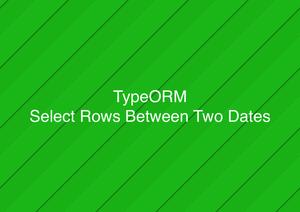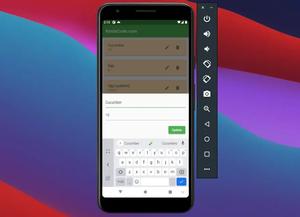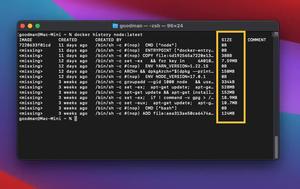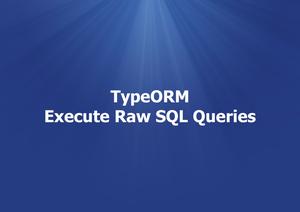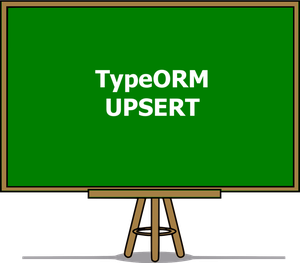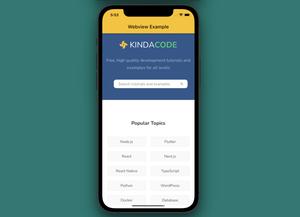In Flutter, the Banner widget is used to display a little slanted message at one corner of another widget. This is useful in many situations, such as when you want to assign a discount label to a product, highlight a new feature in your app (banner with a “new” word), etc.
You can control where a Banner should show up by setting its location property to one of the following values: BannerLocation.topStart, BannerLocation.topEnd, BannerLocation.bottomStart, and BannerLocation.bottomEnd.
The message of a Banner can be set with the message property (the value is a string, not a Text widget). You can show another widget behind a Banner with the child property (see the second example).
Now, it’s time for code and examples.
Quick Example
This example shows a little banner that says “News!” in the top right corner of an amber box.
Screenshot
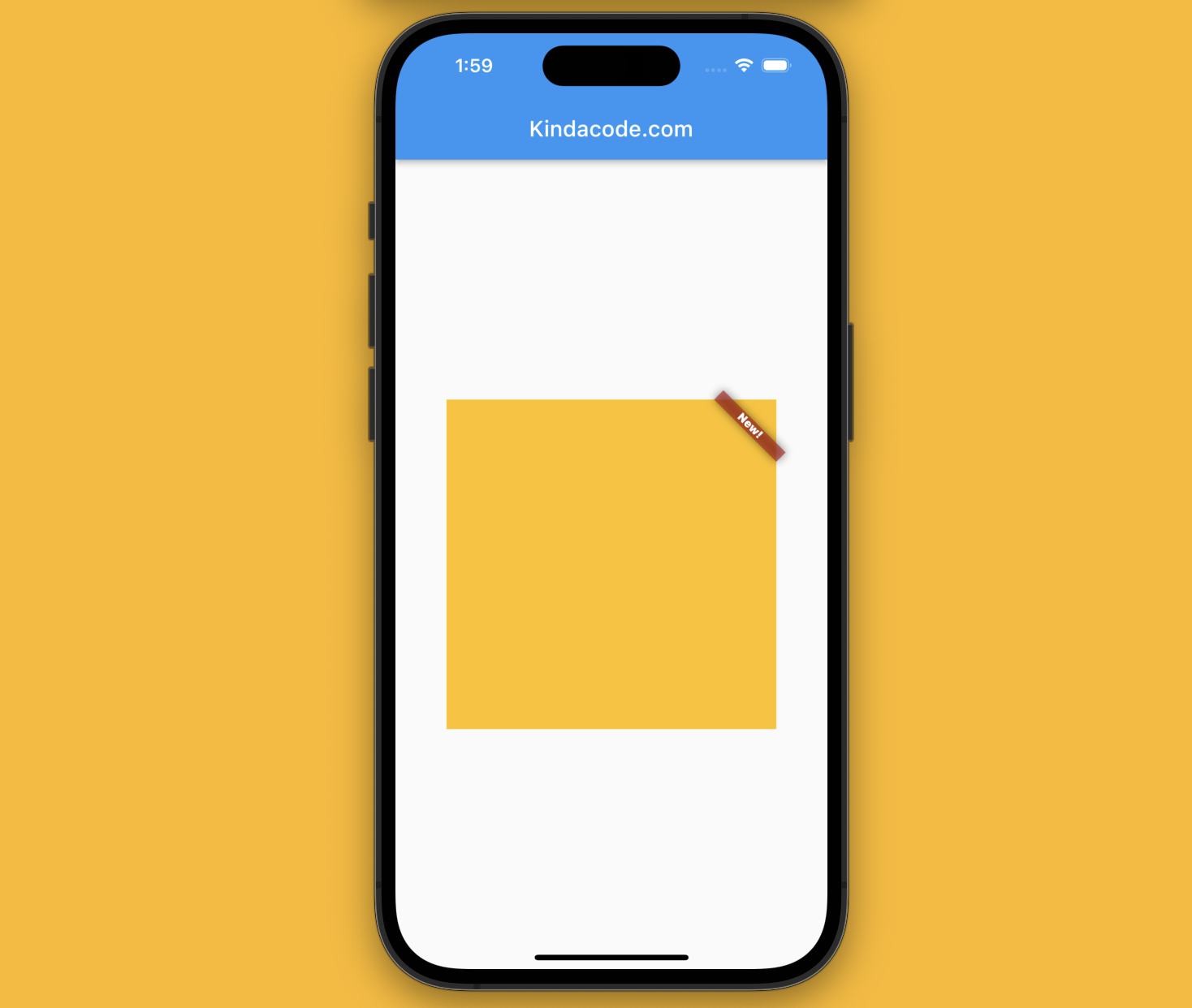
The code
Scaffold(
appBar: AppBar(
title: const Text('Kindacode.com'),
),
body: Center(
child: Container(
width: 300,
height: 300,
color: Colors.amber,
child: const Banner(message: "New!", location: BannerLocation.topEnd),
),
),
);Another Example
This example is a little bit more complex than the preceding one. You’ll learn how to show/hide a Banner widget dynamically.
Preview
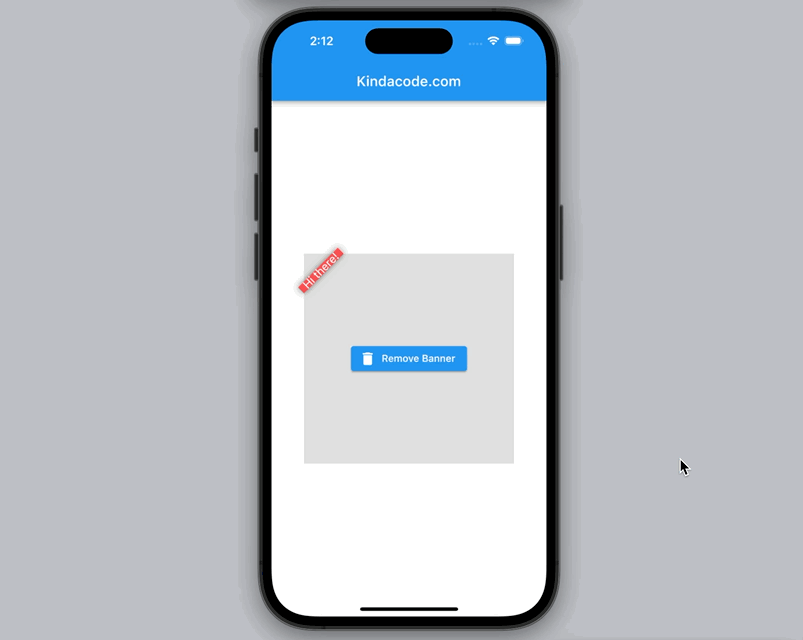
The code with explanations
// Kindacode.com
// main.dart
import 'package:flutter/material.dart';
void main() {
runApp(const MyApp());
}
class MyApp extends StatelessWidget {
const MyApp({super.key});
@override
Widget build(BuildContext context) {
return MaterialApp(
// Remove the debug banner
debugShowCheckedModeBanner: false,
title: 'Flutter Demo',
theme: ThemeData(
primarySwatch: Colors.blue,
),
home: const KindaCodeDemo(),
);
}
}
class KindaCodeDemo extends StatefulWidget {
const KindaCodeDemo({super.key});
@override
State<KindaCodeDemo> createState() => _KindaCodeDemoState();
}
class _KindaCodeDemoState extends State<KindaCodeDemo> {
// Show banner
bool _showBanner = true;
@override
Widget build(BuildContext context) {
return Scaffold(
appBar: AppBar(
title: const Text('Kindacode.com'),
),
body: Center(
child: Container(
width: 300,
height: 300,
color: Colors.grey.shade300,
child: _showBanner
? Banner(
// banner message
message: "Hi there!",
// banner text style
textStyle: const TextStyle(color: Colors.white, fontSize: 16),
// banner location
location: BannerLocation.topStart,
// banner background color
color: Colors.redAccent,
child: Center(
// This button is used to remove the banner
child: ElevatedButton.icon(
onPressed: () {
setState(() {
_showBanner = false;
});
},
icon: const Icon(Icons.delete),
label: const Text('Remove Banner'),
),
),
)
: Center(
// Add the banner
child: IconButton(
onPressed: () {
setState(() {
_showBanner = true;
});
},
icon: const Icon(Icons.add, size: 50),
),
),
),
),
);
}
}See also: 2 Ways to Create an Onboarding Flow (Intro Slider) in Flutter
Afterword
You’ve learned the most important things about the Banner widget in Flutter and gone through 2 examples of implementing it in practice. At this point, you can modify the code snippets to improve them or continue exploring more new and interesting stuff by taking a look at the following articles:
- Using Chip widget in Flutter: Tutorial & Examples
- How to Create a Sortable ListView in Flutter
- Flutter & Hive Database: CRUD Example
- Flutter and Firestore Database: CRUD example
- Flutter: Add a Search Field to an App Bar (2 Approaches)
- How to create a Filter/Search ListView in Flutter
You can also check out our Flutter category page or Dart category page for the latest tutorials and examples.

